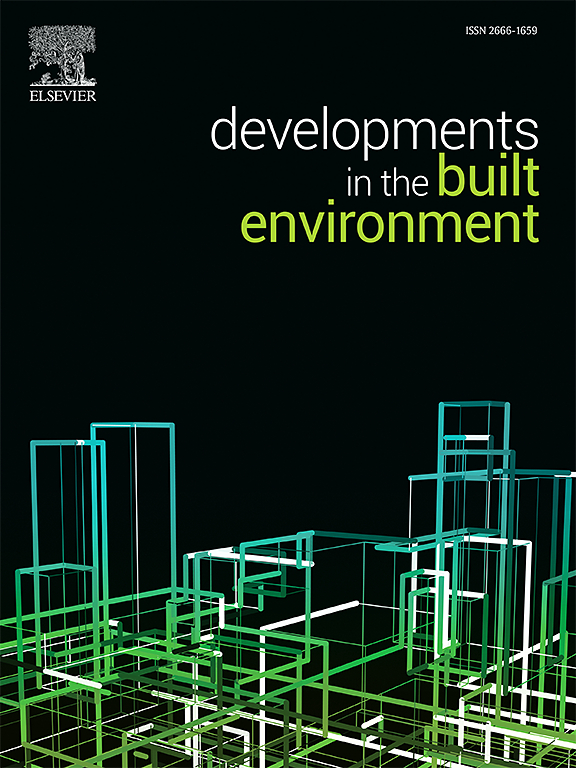评估再生混凝土骨料的多尺度x射线技术:从再生骨料中剩余水泥的XRPD分析到混凝土微观结构的微ct成像
IF 8.2
2区 工程技术
Q1 CONSTRUCTION & BUILDING TECHNOLOGY
引用次数: 0
摘要
剩馀水泥浆含量是决定再生骨料质量的重要参数。评估这一点的方法多种多样,包括湿法(酸溶解、化学降解、吸水)、物理方法(冻融循环、机械粉碎、烘箱干燥密度、热分解)以及光谱或显微镜分析。然而,这些方法往往缺乏准确性,耗时,或依赖于操作人员的技能。为了提高测量精度,引入了一种新的x射线粉末衍射和Rietveld定量相分析方法。结果与再生骨料混凝土试件的多尺度分析(显微镜、x射线计算机断层扫描、力学测试)进行了比较。研究结果强调了剩余水泥浆含量与混凝土关键性能之间的强烈相关性,包括微观结构、水化产物和力学性能。本研究证实了剩余水泥浆含量是影响再生混凝土骨料性能的决定性因素,提出的方法为控制该参数提供了一种快速可靠的方法。本文章由计算机程序翻译,如有差异,请以英文原文为准。
Multi-scale X-ray techniques for assessing recycled concrete aggregate: from XRPD analysis of leftover cement in recycled aggregates to micro-CT imaging of concrete microstructure
The content of leftover cement paste is a crucial parameter for determining recycled aggregates quality. Various methods assess this, including wet techniques (acid dissolution, chemical degradation, water absorption), physical approaches (freeze-thaw cycles, mechanical shredding, oven-dried density, thermal disaggregation), and spectroscopic or microscopy analyses. However, these methods often lack accuracy, are time-consuming, or depend on operator skill. A novel X-ray Powder Diffraction and Rietveld quantitative phase analysis approach is introduced to improve measurements precision. Results are compared with multi-scale analyses (microscopy, X-ray computed tomography, mechanical testing) on recycled aggregate concrete specimens. Findings highlight a strong correlation between leftover cement paste content and key concrete properties, including microstructure, hydration products, and mechanical performance. This study confirms that leftover cement paste content is a decisive factor in recycled concrete aggregate properties, and that the proposed method offers a rapid and reliable approach to control this parameter.
求助全文
通过发布文献求助,成功后即可免费获取论文全文。
去求助
来源期刊

Developments in the Built Environment
Multiple-
CiteScore
7.40
自引率
1.20%
发文量
31
审稿时长
22 days
期刊介绍:
Developments in the Built Environment (DIBE) is a recently established peer-reviewed gold open access journal, ensuring that all accepted articles are permanently and freely accessible. Focused on civil engineering and the built environment, DIBE publishes original papers and short communications. Encompassing topics such as construction materials and building sustainability, the journal adopts a holistic approach with the aim of benefiting the community.
 求助内容:
求助内容: 应助结果提醒方式:
应助结果提醒方式:


